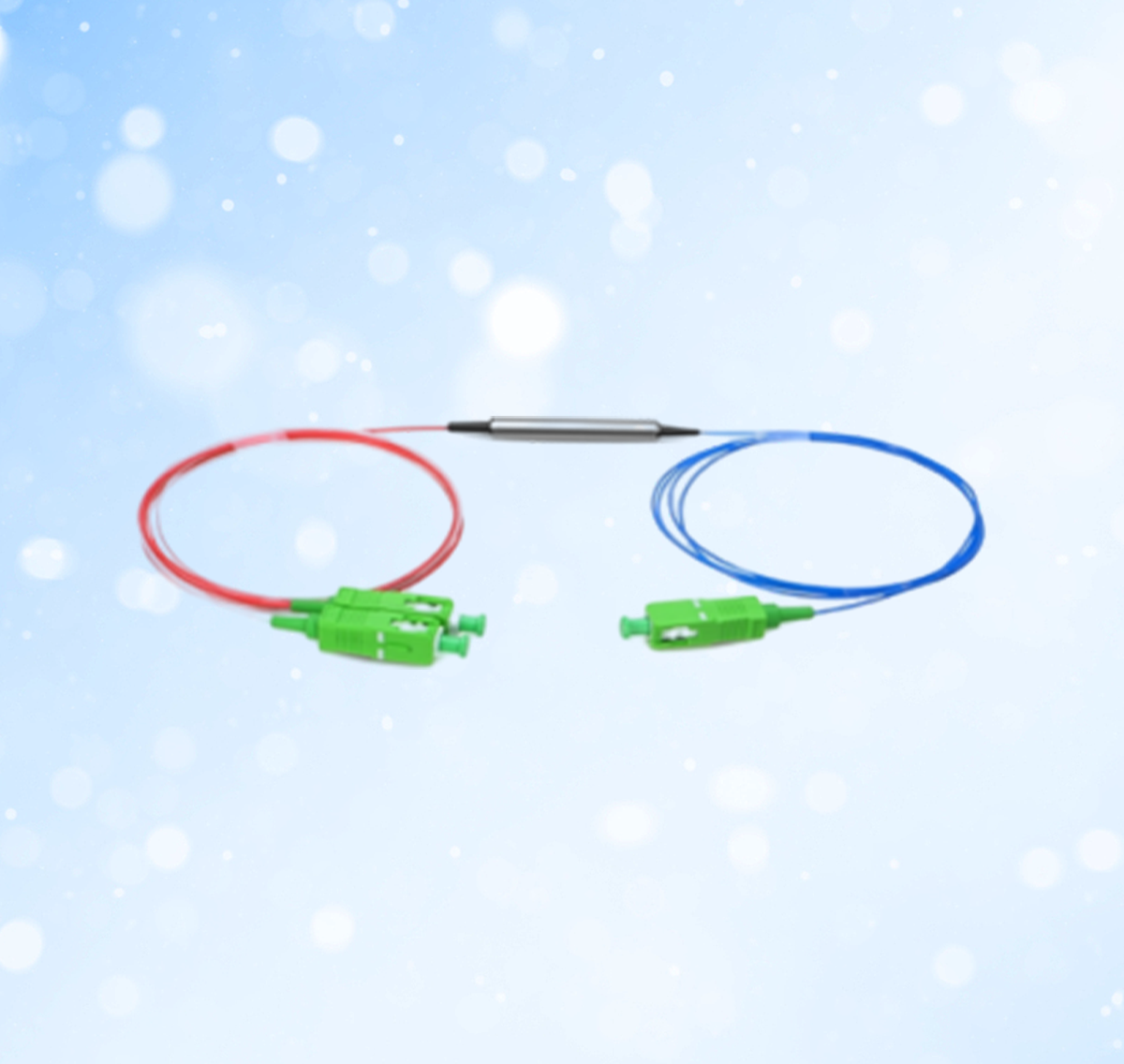

To get the best experience for our site, we recommend you upgrade to the latest version of Internet Explorer, or select another web browser, a list of the most popular web browsers can be found below
You can download the main browser here:
 Position :
Home>
News & Tutorial
>Products
Position :
Home>
News & Tutorial
>Products
Date: 2025-09-05 16:04:17




 Position :
Home
>Products
Position :
Home
>Products

PM (Polarization Maintaining) fused WDM (Wavelength Division Mu...
Learn More
PM (Polarization Maintaining) filter DWDM (Dense Wavelength Div...
Learn More
PM (Polarization Maintaining) filter CWDM (Coarse Wavelength Di...
Learn More
FWDM (Filter Wavelength Division Multiplexer) is used in EDFA...
Learn More
A 100G coherent DWDM (Dense Wavelength Division Multiplexing) ...
Learn More ics@suntelecom.cn
ics@suntelecom.cn  +86 18964888554
+86 18964888554
 Building No.145, Lane 666 Xianing Road, Jinshan Industrial Zone, Shanghai 201506, China
Building No.145, Lane 666 Xianing Road, Jinshan Industrial Zone, Shanghai 201506, China
Copyright ©1989-2025 ALL Rights Reserved
ICP (Shanghai) Number: 13005159